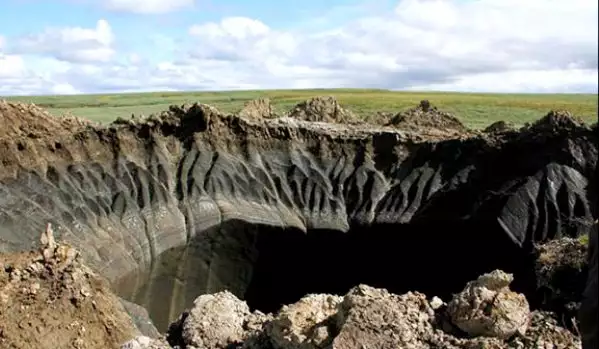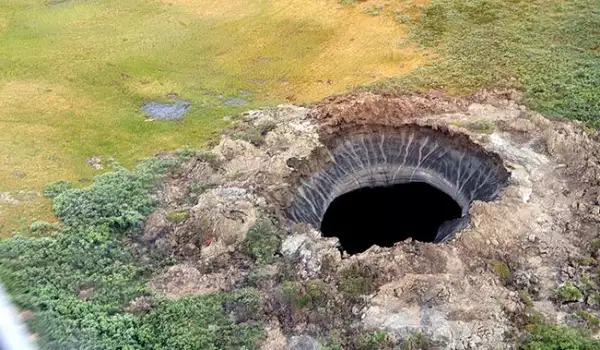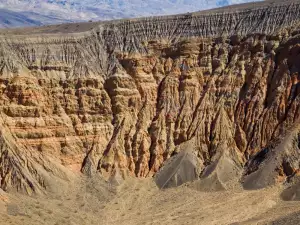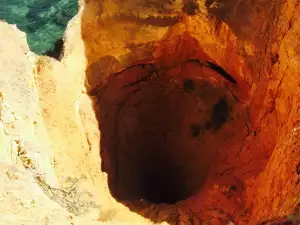Two new craters of unknown origins appeared in Siberia, after a different hole appeared on the Yamal Peninsula just a few weeks ago, the investigations of which still have not determined why it occurred.
The news of the finds was published in the pages of the English newspaper The Siberian Times. It is accompanied by pictures and explanations that one of the holes is in Yamal yet again, and the other in the Taymyr Peninsula - both are far from the Arctic circle.
The 2 new craters were found accidentally by deer herders. Both craters are between 197 ft (60 m) and 328 ft (100 m) deep, and their diameter is between 13 ft (4 m) and 49 ft (15 m).
In the publication it is stated that scientists from all over the world are considering different hypotheses with which to explain the origins of the mysterious holes. The theories so far are a meteorite collision, one that went off course, a gas explosion due to global warming and even extraterrestrial visitations.
The British paper does not rule out the possibility that the holes might be an endeavor by the local inhabitants, who want to play a joke on everyone by having caused several explosions with shale gas.
A member of the local parliament announced to the paper that on July 19th he flew over the area with the craters with a helicopter and noticed a mass of discarded earth along their edges.

The first hole that appeared in Siberia was named the "Yamal black hole". One of the main theories for it is that a spontaneous release of methane, so far blocked in the ever frozen surface, began on the peninsula, which is rich in natural gas deposits.
The temperatures in the region throughout most of the year do not exceed 32°F during the summer, and fall to -58°F during the winter.
The locals relate that the holes began forming last year, with smoke initially coming out of them, and then a bright flash.
According to the observations of the people of the Yamal Peninsula, the mysterious holes in Siberia began forming on September 27th, 2013. They say that unusual phenomena in the region are not uncommon and researchers are not always able to provide a logical explanation for them.









